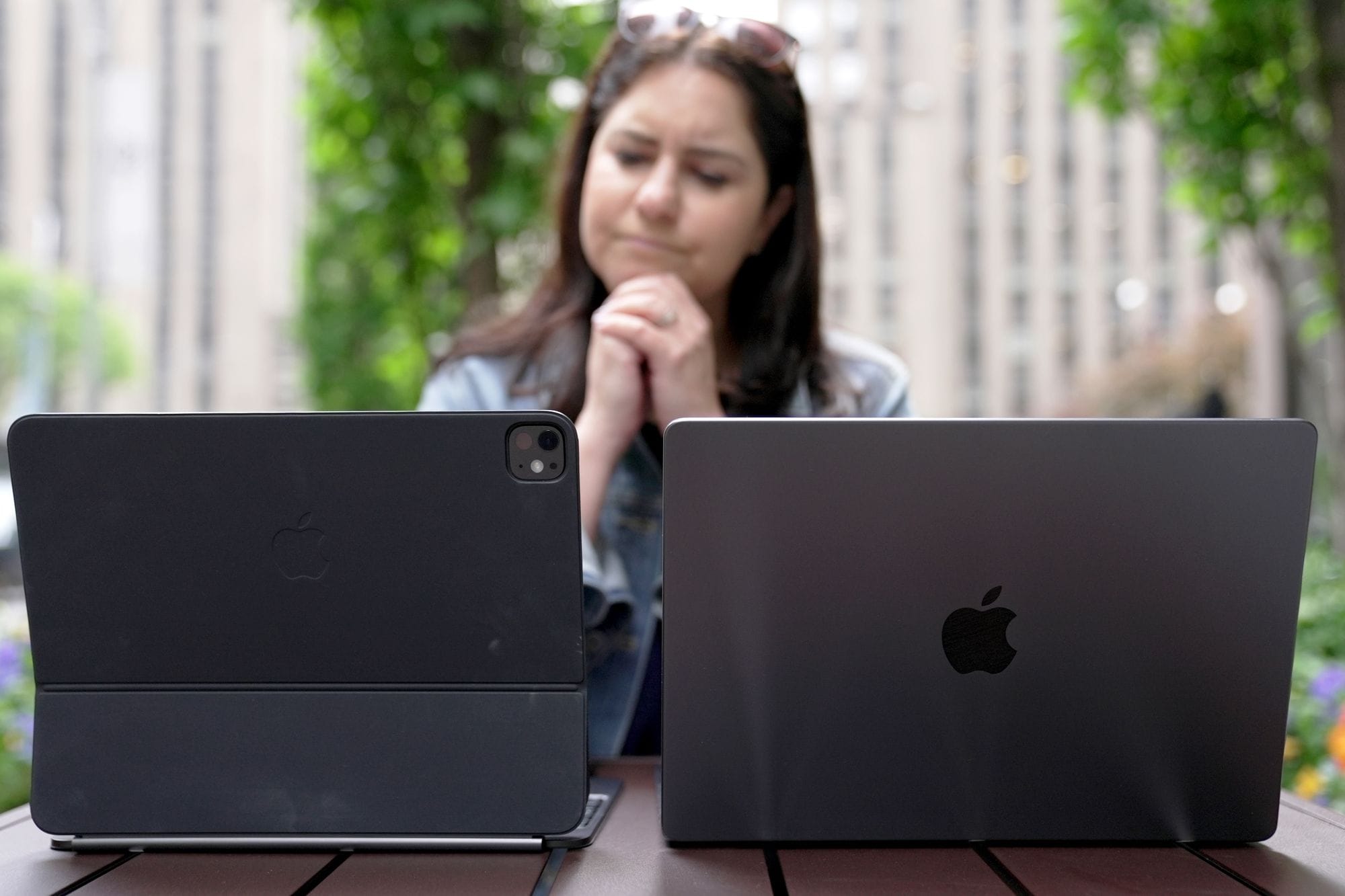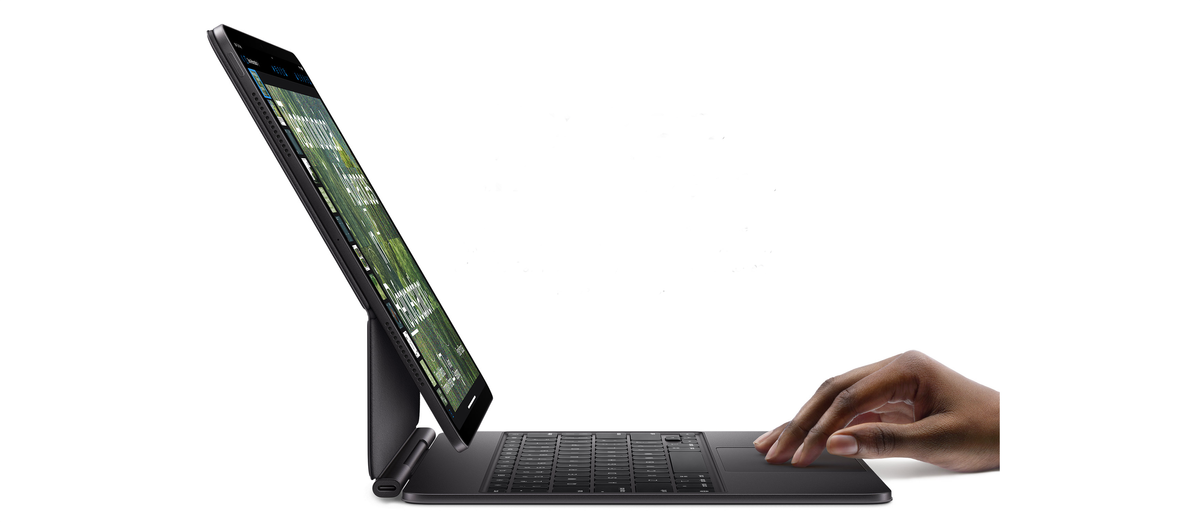These Are Not Two Separate Devices...

I don't typically read the reviews of Apple products before I've had a chance to play around with them myself – same with movies, for what it's worth – and I pick up my new iPad Pro tomorrow. But Joanna Stern took the exact angle in talking to an Apple executive that I was looking for, in her review. That is, increasingly, aren't the iPad and MacBook competing products?
“We don’t see them as competing devices. We see them as complementary devices,” Tom Boger, Apple’s vice president of iPad and Mac product marketing, told me in an interview. The iPad, he said, “has always been a touch-first device” while the Mac is for “indirect manipulation”—aka using a keyboard, mouse and/or trackpad.
I mean of course Boger is going to say this. That is what Apple executives since the dawn of time – well, at least since the dawn of iPad – have said. The problem is that things have changed since that dawn. And with this new iPad Pro in particular, with the most state of the art chip Apple has ever produced and with a keyboard that even Apple executives now quip is like using a MacBook, we're closer than ever to the convergence.
And we all get that Apple doesn't want that. First and foremost because Steve Jobs didn't want that. But also, perhaps, because of the old business adage: why sell one device when you can sell two?
The iPad Pro is a great buy for creative professionals who regularly use a stylus to sketch or edit photos. But plenty of people are looking for a single tablet-laptop device that doesn’t require giving up so much—or switching to Windows. Many readers told me as much this past week.
That's the thing, I love the iPad for the things it's good at. And I love the MacBook for the things it's good at. I have had both since the iPad launched 13 years ago. What I want is less a completely combined device and more a single device that can run both macOS and iPadOS. And this new iPad Pro, again equipped with a chip faster than any MacBook, can do that if Apple allowed it to.
At first, maybe it's dual boot. That is, just let the iPad Pro load up macOS if it's attached to the Magic Keyboard and use the screen as a regular (but beautiful) monitor – no touch. Over time, maybe macOS is just a "mode" inside of iPadOS – complete with some elements updated to be touch-friendly, but not touch-first. I'm sure it's not exactly simple to do all of this, but it is straightforward and obvious now with such technology. The most complicated bit may actually be cellular connectivity which the Mac has never had and would presumably take some macOS work to make sure it's not constantly downloading gigabytes of stuff in the background, eating up battery and data. But come on, you can do this, Apple.
Like a toddler hoping for a different answer, I repeatedly asked Boger variations of the question.
He remained firm: iPads are for touch, Macs are not. “MacOS is for a very different paradigm of computing,” he said. He explained that many customers have both types of devices and think of the iPad as a way to “extend” work from a Mac. Apple’s Continuity easily allows you to work across devices, he said.
So there you have it, Apple wants you to buy…both? If you pick one, you live with the trade-offs. I did ask Boger if Apple would ever change its mind on the touch-screen situation.
“Oh, I can’t say we never change our mind,” he said. One can only hope.
You know what's better than having both types of devices connected via Continuity? Having one device that can run whatever OS is right for any specific task. You want to sit back on the couch and watch something, or use a touch app? Load up iPadOS and have at it. Want to get some work done on that spreadsheet? Load up macOS and go to town. It's a power user thing, for sure. And the iPad Pro can be and should be the ultimate power user device. Come on, Apple.



